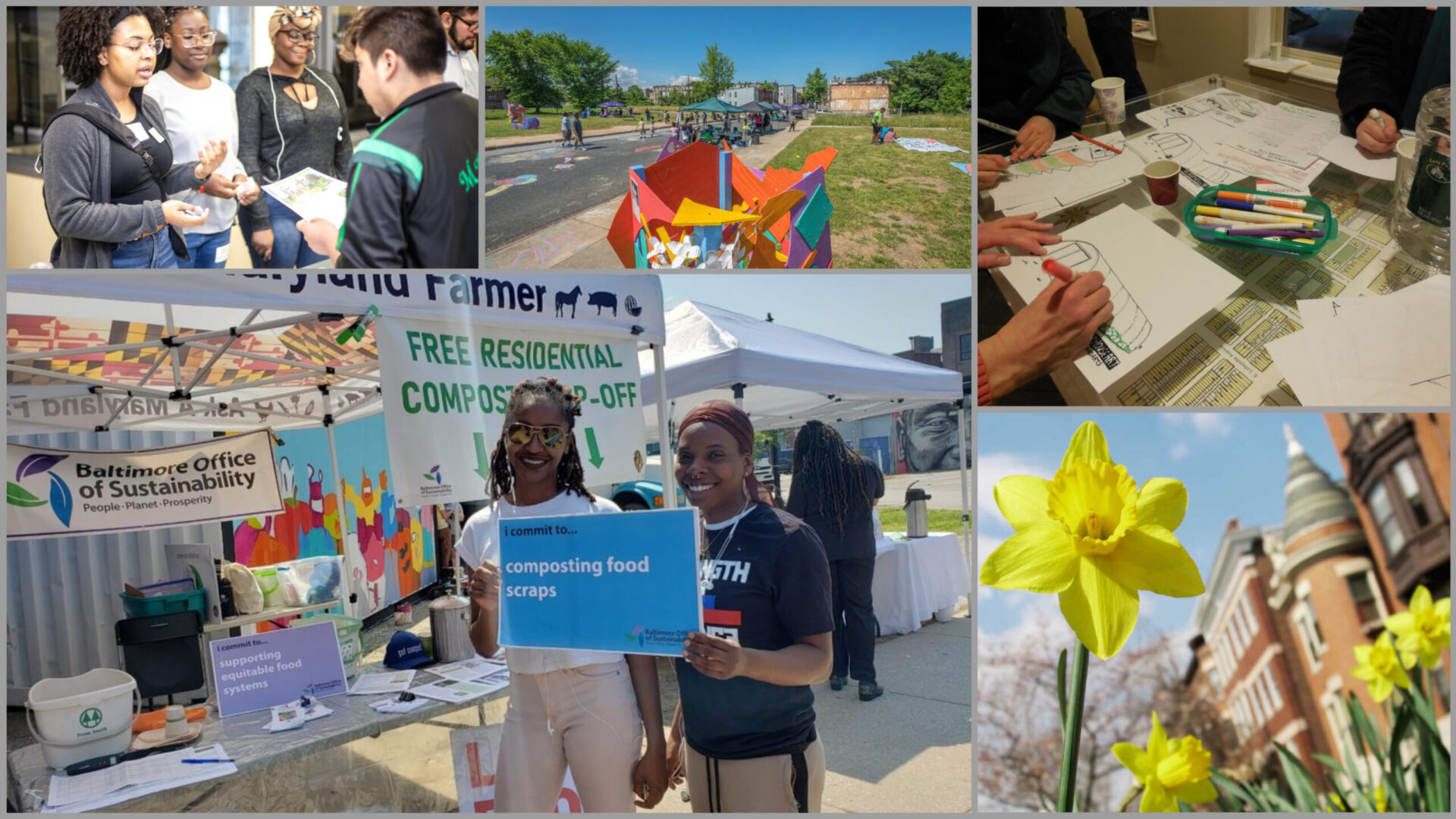FAQ:
What is a brownfield?
A brownfield is a property, the expansion, redevelopment, or reuse of which may be complicated by the presence or potential presence of a hazardous substance, pollutant, or contaminant. It is estimated that there are more than 450,000 brownfields in the U.S. Cleaning up and reinvesting in these properties increases local tax bases, facilitates job growth, utilizes existing infrastructure, takes development pressures off of undeveloped, open land, and both improves and protects the environment. (Source: https://www.epa.gov/brownfields/overview-brownfields-program)
Does Baltimore have many brownfields?
Baltimore has over 30,000 vacant properties, many of which may be brownfields. Contamination of our vacant properties comes from sources like historical industry, lead paint, underground storage tanks for heating oil, and more.
What have we done about brownfields?
The City of Baltimore received a Revolving Loan Fund grant from the EPA in 1997, resulting in 20 sites targeted for assessment and cleanup activities, and several major redevelopment projects completed, including the American Can Company building — now a thriving commercial and office center in the popular Canton neighborhood — and the Montgomery Ward building — now a model green building and a center of employment for thousands of workers, including the offices of the Maryland Department of the Environment.
In 2006, the City of Baltimore received and successfully executed an EPA Cleanup grant for a 12.5 acre site in south Baltimore controlled by the National Aquarium. The site was successfully cleaned up, including installation of 18″ to 24″ of certified clean soil and grasses. In addition, all illegally dumped debris, trash and invasive grasses were removed from the site, repairs were made to the damaged shoreline, and a vegetated swale was installed to manage stormwater.
The Baltimore Development Corporation has received multiple EPA grants for brownfields, supporting the cleanup of more than 40 brownfields sites.
Our partners at Civic Works have received multiple Brownfields Workforce Development funds from the EPA, and has used them to train Baltimore residents in brownfields cleanup through their Baltimore Center for Green Careers.
Not everyone can afford the lengthy and expensive process of professional environmental assessment. We have created a Soil Safety Policy to help guide city residents in doing their own research on potential soils issues at vacant lots in their neighborhoods.

